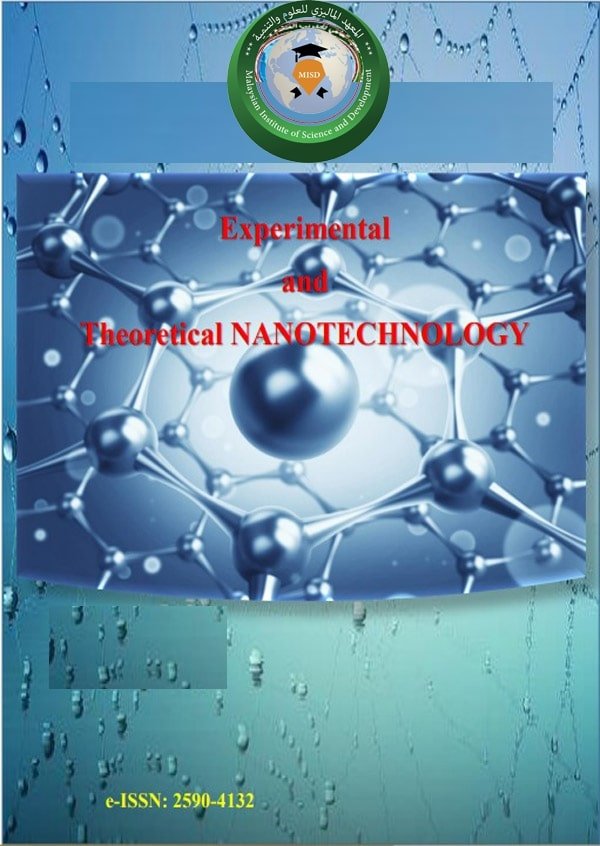تعريف بالمجلة :
يتم اختصار تقنية النانو التجريبية والنظرية (ETN) إلى Exp. Theo. NANOTECHNOLOGY هي مجلة متعددة التخصصات وخاضعة لاستعراض الأقران والوصول المفتوح. يتضمن أوراق بحثية متخصصة واتصالات قصيرة ومراجعات وأوراق مؤتمرات مختارة في قضايا خاصة حول توصيف وتوليف ومعالجة وهيكل وخصائص المبادئ والتطبيقات المختلفة لتكنولوجيا النانو مع التركيز على الإنجازات والتطبيقات المفيدة للمتخصصين في الهندسة والكيمياء ، الفيزياء وعلوم المواد والطب. تغطي ETN وتنشر جميع جوانب البحوث الأساسية والتطبيقية للتكنولوجيا النانوية التجريبية والنظرية التي تتعامل مع توليف المواد والمعالجة والتصنيع النانوي والأشياء النانوية والتحليل الطيفي والخصائص والأنظمة البيولوجية والبنى النانوية والإلكترونيات النانوية والبصريات النانوية والميكانيكا النانوية والأجهزة النانوية والتكنولوجيا الحيوية النانوية ، nanomedicine، nanotoxicology ضمن نطاق المجلة. تهدف ETN إلى الحصول على الأبحاث الحديثة والمتميزة لصالح الإنسان.


